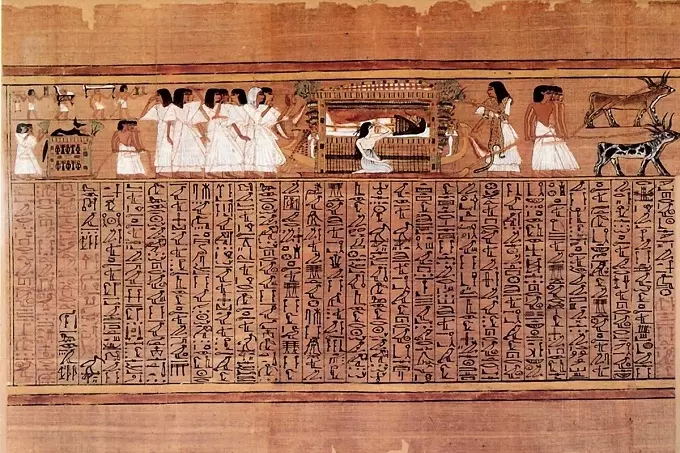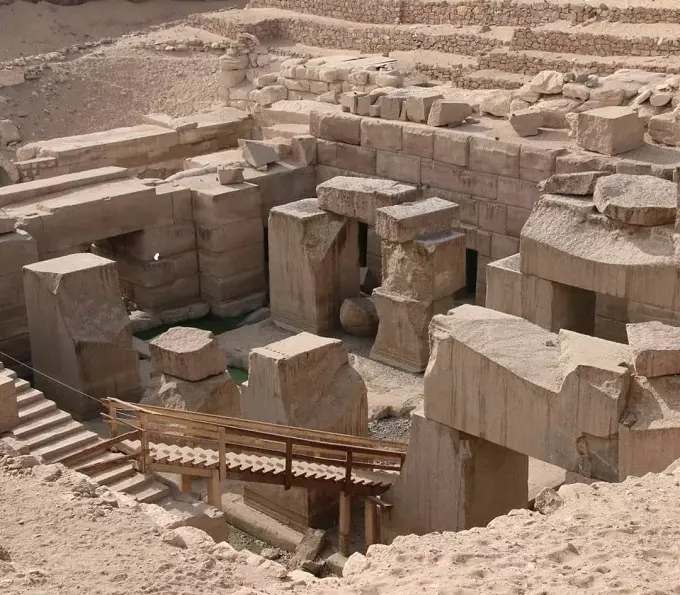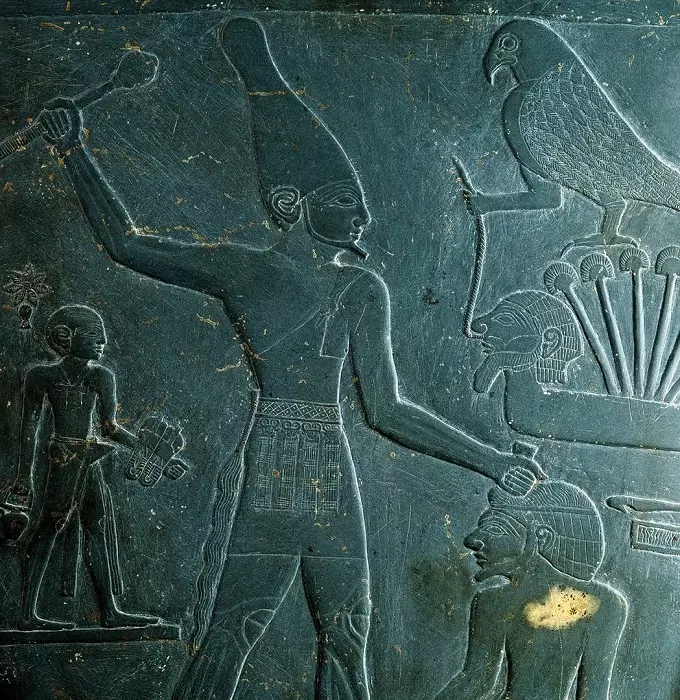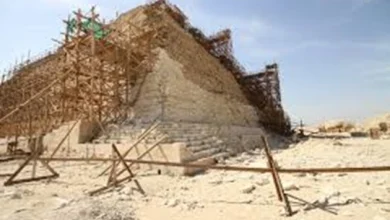Thinis – the first capital of ancient Egypt

During the period of Thinitus, from 3100 to 2700 BC, the capital of Ancient Egypt was Thinis (in ancient Egyptian Tjeni).
Little is known about it in the modern world. Still, information has been preserved in ancient texts, for example, in the historical work of Manephon from the ancient city of Sebennitos, which was the center of the Thinitic association. In this tribe, the leader was Chief Menes (or another name Narmer), who united the states of Upper and Lower Egypt. Menes became the first pharaoh of the First Dynasty.
With the coming of the Second Dynasty to rule, the influence of Thinis declined considerably, and Memphis became the capital of the ancient Egyptian state. The feud between the two dynasties led to a confrontation between the cities of Heracleopolis Magna and Thebes, and the oases became sites for military clashes. Thinis remained important throughout the ancient Egyptian state during this period.
At the time of the greatness of the Romans in the territory of Egypt, Thinis finally lost its influence as an administrative center, but it remained an honorable religious city, guarding within its walls the tomb and mummy of the local god.
In the religious source The Book of the Dead of the Ancient Egyptians, Thinis appears as a mythical place for the prosperity of the heirs.
The exact location of Thinis is unknown, but Egyptian scientists agree that it existed near ancient Abydos and modern Girgis. Presumably, it was located at the site of the modern city of El Birbeh – about twenty kilometers north of Abydos in Middle Egypt.
Name and Location
The name Thinis itself is derived from Manephonus of Sebennitos’ use of thinite (adjective) when he described Pharaoh Menes. Although there is no such word Thinis in the ancient Egyptian dictionary, it is still widely used today by Egyptologists.

Jorgen Zoega, examining a passage from Gellanicus dating back to the fifth century B.C., changed Τίνδων όνομα to Θιν δε οι όνομα. At one time, Gaston Maspero applied Thinis as a geographical designation for the river (επιποταμίη) in the same passage. Maspero applied such a term to determine the location of the city of Thinis in the territory of modern Girga or near El-Birba. His theory was further supported by Jean-François Champollion and Nestor L’Ote.
There have also been speculations about the location of Thinis in other places: Auguste Mariette (founder and director of the Egyptian Museum in Cairo) thought it was the modern city of Kom El-Sultan; Heinrich Carl Brugsch and Johannes Dumichen concurred about the city of El-Tin, located near Berdis.
However, most Egyptologists believe that Thinis was previously located in the territory of Girga or El-Birba, where an inscription on a fragment of a statue mentioning Tunis was found.





